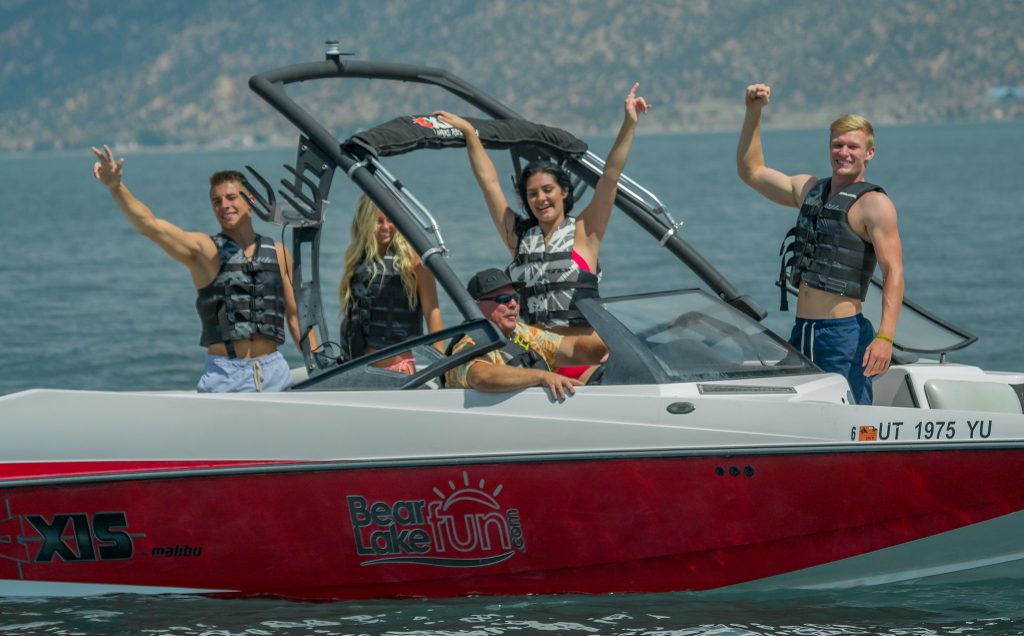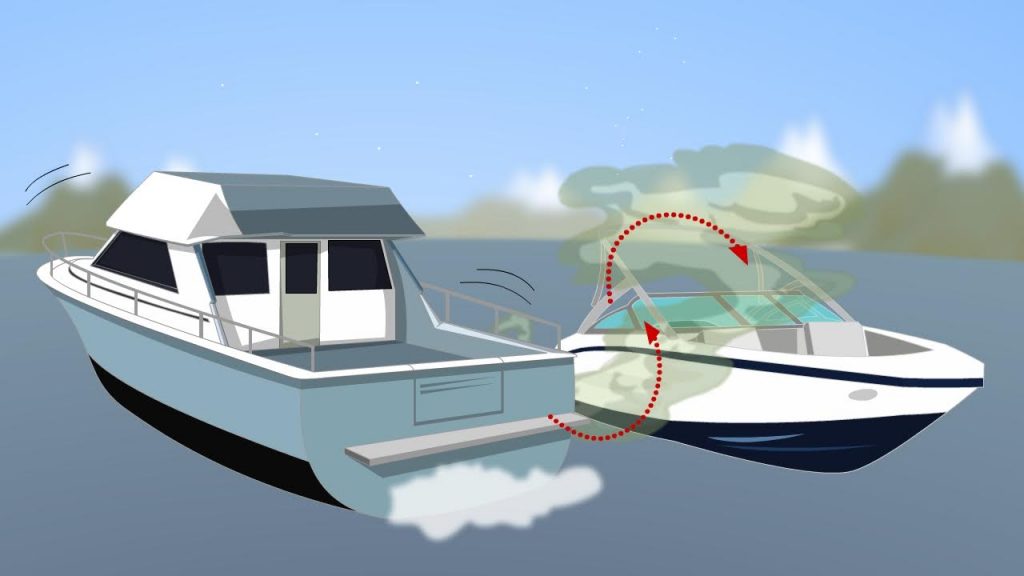State Park Officials Warn of Carbon Monoxide Dangers When Boating

SALT LAKE CITY (June 9, 2020) — Utah is home to some of the most beautiful waterbodies around. Every year countless recreators visit these waters to fish, boat, water ski, and relax with their friends and family. Unfortunately, many water recreators are unaware of a silent killer putting them and their family at danger aboard their boat.
Carbon monoxide, known as the silent killer, is odorless and tasteless gas that can deplete your oxygen to the point of death. The gas enters the bloodstream through the lungs and displaces the oxygen your body needs to breathe.
So, what does carbon monoxide poisoning have to do with boating? Carbon monoxide (CO) is produced from the burnt emissions of a fuel ignited motor and is emitted from the exhaust ports of the motorized engine of a boat. Utah has experienced two CO incidents within the last two weeks, both of them involving children. Thankfully, both of these children are expected to fully recover.
CO can build up in boats from:

- Back drafting– It can cause CO to build up inside the cabin, cockpit, and bridge when a boat is operated at a high bow angle, is improperly or heavily loaded, or has an opening that draws in the exhaust.
- Traveling at slow speeds or idling– Slow speeds or idling can cause CO to build up in a boat’s cabin, cockpit, bridge, and aft deck, or in an open area. Wind from the aft section of the boat can increase this buildup of CO.
- Generators– On large houseboats, generators oftentimes vent to the rear of the boat where there is a swim deck or water platform. CO that builds up in the air space beneath the stern deck or on and near the swim deck can kill someone in seconds.
- Other vessels-Exhaust from another vessel that is docked, beached, or anchored alongside your boat can emit CO into the cabin and cockpit of your boat. Even with properly vented exhaust, your boat should be a minimum of 20 feet from the nearest boat that is running a generator or engine.
- Blockage of exhaust outlets– Blockage can cause carbon monoxide to accumulate in the cabin and cockpit area – even when hatches, windows, portholes, and doors are closed.
Symptoms

Early symptoms of CO poisoning include headache and nausea. If a passenger is experiencing these symptoms, immediately move the person to fresh air, investigate the cause, and take corrective action. Don’t confuse these symptoms with seasickness or intoxication. Seek medical attention, if necessary.
Be aware of carbon monoxide poisoning symptoms. These include headache, dizziness, weakness, nausea, vomiting, chest pain, and confusion.
What you can do
It is important that the boat operator, as well as others on board, educate themselves about CO poisoning, including the boat’s danger zones and early symptoms of poisoning.
- If your boat stops in the water, never leave the engine running.
- Make sure an adult is watching when anyone is swimming or playing in the water near the boat, even when the engine is off. Deadly fumes may have accumulated.
- Schedule annual engine and exhaust system maintenance inspections by trained technicians.
- Keep forward-facing hatches open on boats with cabins or enclosed areas even when the boat is moving to allow fresh air to circulate.
- Do not confuse CO poisoning with seasickness, intoxication, or heat stress. If anyone on board complains of any CO poisoning symptoms, move them to fresh air, investigate the cause, and seek medical attention.
- Install a CO detector in each interior space where people might be. Check them before each trip to make sure they are working properly.
In order to avoid carbon monoxide poisoning, the State of Utah Administrative Code requires boat operator to never operate or idle your boat’s engine when someone is on or holding onto the boat’s swim platform, deck, steps, or ladder; or when someone is being towed in a non-standing position within 20 feet of the boat. These rules do not apply if you are assisting with the docking or departure of the boat, exiting or entering the boat, or if the boat is involved in law enforcement activities.
If you found this blog entry interesting, please consider sharing it through your social network.